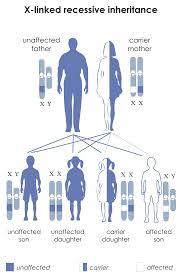Abstract
Persons with hemophilia are at risk of the acquired immunodeficiency syndrome (AIDS), and clinically asymptomatic hemophiliacs have shown a high incidence of AIDS-like immune abnormalities, facts leading to speculation that many hemophiliacs have been exposed to the AIDS agent through their blood products. We therefore evaluated the immune status of three groups of blood product recipients without AIDS in New York City, including 47 persons with hemophilia A
receiving factor VIII concentrate, 50 persons with homozygous beta-thalassemia,
and
27 persons with sickle cell anemia receiving frozen-packed RBCs and 20 healthy persons who had not received a transfusion. Hemophiliac participants had significantly lower lymphocyte counts (median, 1,826/cu mm) than did the thalassemic (6,110/cu mm) or anemic (4,443/cu mm) participants, had lower numbers of T-helper lymphocytes (median, 533 cells/cu mm v 1,733 cells/cu mm and 1,554 cells/cu mm), and had a lower T-helper/suppressor ratio (median, 0.8 v 1.8 and 2.1). These differences remained after adjustment for age and sex. Thus, AIDS-like immune abnormalities were found in patients receiving factor concentrate, but not in those receiving RBCs. These defects could be due to both an immunosuppressive effect of the lyophilized factor itself and to contact with the AIDS agent.
Jason J, Hilgartner M, Holman RC, Dixon G, Spira TJ, Aledort L, Evatt B
JAMA 1985 Feb;253(8):1140-5
PMID: 3918187
Jason-JAMA-1985-253-Immune-status-hemophilia